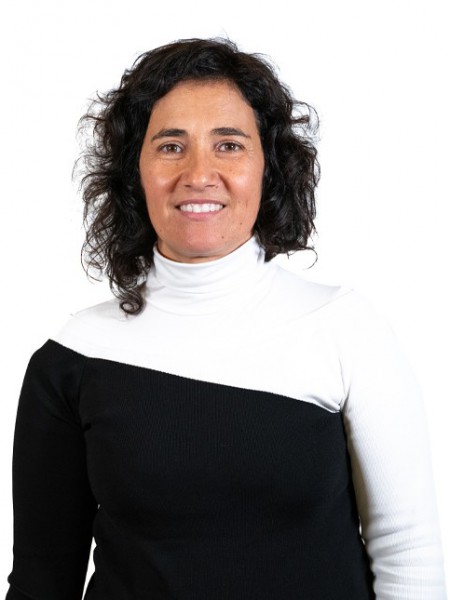abstract
Amination of crystal-like 1,4-phenylene-bridged periodic mesoporous organosilica (Ph-PMO) was achieved with about 35% conversion of phenylene groups. Ferrocenylimine groups were subsequently anchored onto this material by condensation of acetylferrocene with amino groups. Elemental analysis indicated that about 15% of amino groups in PMO-NH2 were derivatized, resulting in an iron loading of 0.21 mmol g(-1). Evidence for the presence of ferrocenylimine groups in the derivatized material (PMO-Fc) was obtained from C-13 cross-polarization (CP) magic-angle spinning (MAS) NMR and FT-IR spectroscopies. PMO-Fc was further characterized by Si-29 MAS NMR spectroscopy, powder X-ray diffraction (XRD), N-2 adsorption-desorption, and thermogravimetric analysis (TGA). Powder XRD and N-2 adsorption-desorption data for PMO-NH2 and PMO-Fc indicated that the mesoporous structure and molecular-scale periodicity in PMO-NH2 were largely retained upon treatment with acetylferrocene. The material PMO-Fc was examined as a catalyst for the oxidation of styrene at 55 degrees C using hydroperoxides as oxidants. The reaction products were benzaldehyde (major) and styrene oxide (minor), with the aldehyde being formed in yields of 25-27% at 24 h. Recycling experiments indicated that the material was susceptible to leaching of catalytically active species into the liquid phase due to the pronounced water sensitivity of the azomethine linkage. (C) 2013 Elsevier B.V. All rights reserved.
keywords
MOLECULAR-SCALE PERIODICITY; HETEROGENEOUS CATALYST; SELECTIVE OXIDATION; BENZENE-SILICA; AQUEOUS-MEDIUM; ORGANIC GROUPS; CHANNEL WALLS; PORE WALLS; HYBRID; ORGANOSILICAS
subject category
Chemistry
authors
Gomes, AC; Lourenco, MAO; Bruno, SM; Ferreira, P; Valente, AA; Pillinger, M; Goncalves, IS
our authors
Groups
G1 - Porous Materials and Nanosystems
G2 - Photonic, Electronic and Magnetic Materials
G4 - Renewable Materials and Circular Economy
acknowledgements
We are grateful to the Fundacao para a Ciencia e a Tecnologia (FCT), Fundo Europeu de Desenvolvimento Regional (FEDER), QREN-COMPETE (QUI-QUI/113678/2009), the European Union, and the Associate Laboratory CICECO (PEst-C/CTM/LA0011/2013) for continued support and funding. The FCT and the European Union are acknowledged for a post-doctoral grant to S.M.B (SFRH/BPD/46473/2008) cofunded by MCTES and the European Social Fund through the program POPH of QREN. The FCT is acknowledged for financing the PhD grant SFRH/BD/80883/2011 (to M.A.O.L.). The authors thank the National Network of electron microscopy - University of Aveiro Project REDE/1509/RME/2005.








